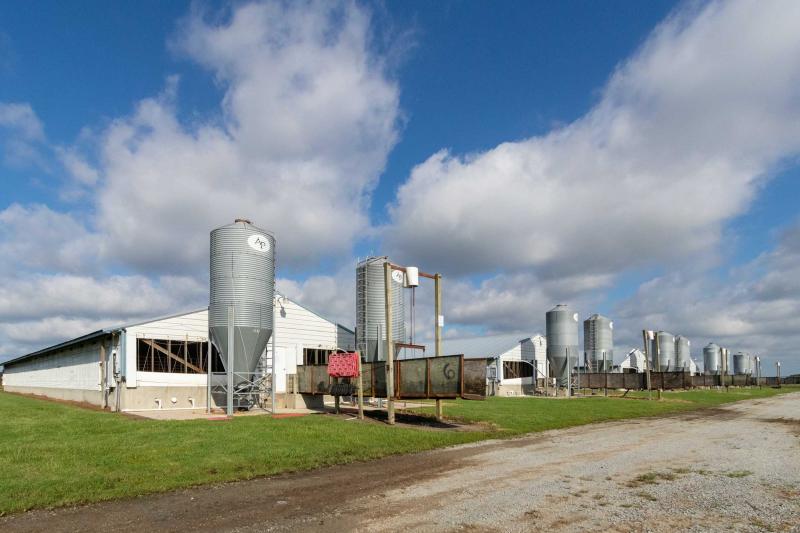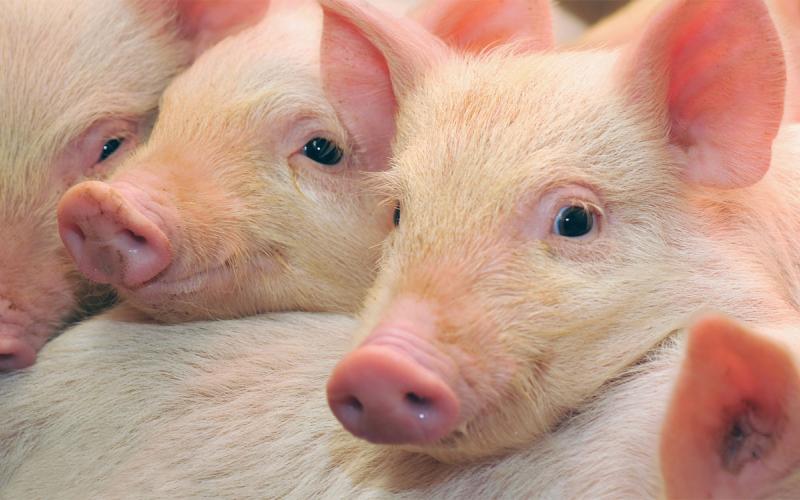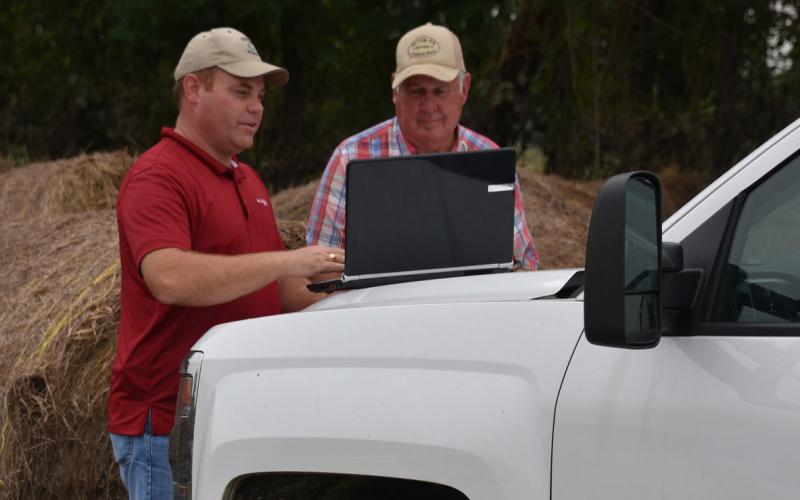
Written collaboratively by Heidi Carroll, former SDSU Extension Livestock Stewardship Field Specialist & Beef Quality Assurance Coordinator; and Ryan Samuel, former SDSU Extension Swine Specialist; and Bob Thaler, Farm Credit Services of America Endowed Chair in Swine Production, Distinguished Professor & SDSU Extension Swine Specialist.
According to the National Pork Board, there are more than 19,700 documented site assessments under the Pork Quality Assurance Plus (PQA Plus®) program at the time of writing. This number indicates that 85% of the U.S. pig population is housed on site assessed farms. As a component of the We Care initiative, the PQA Plus site assessment demonstrates the commitment and dedication of the pork industry to utilize the latest scientific knowledge and production methods in the daily care and well-being of swine as well as pre-harvest pork safety.
PQA Plus Site Status
The PQA Plus site assessment is an on-farm evaluation of a production site by a qualified PQA Plus Advisor. The site assessment serves as an educational opportunity to confirm that the key components of the PQA Plus program are being utilized on the farm. A review of standard operating procedures and office records, including caretaker training, animal observations, and the facilities will occur during the site assessment. The site assessment allows a production site identified by Premise Identification Number (PIN) and associated with a PQA Plus certified producer (see Introducing PQA Plus Version 4) to achieve a PQA Plus Site Status. The Site Status must be renewed every three years through a site assessment.
Scheduling a Site Assessment Visit
Requesting a site assessment should begin with verifying the site PIN. This can be completed online by the producer or the Advisor. The next step is contacting a qualified PQA Plus Advisor to arrange the on-farm assessment in accordance with the biosecurity protocols for the site. The site should be operating under normal conditions during the visit. Furthermore, the visit should be scheduled during a quiet time of the day, except when the site assessment can be scheduled during loading or unloading pigs for transport observation.
Provide the Advisor the current animal inventory and housing type, separated into breeding and non-breeding production phases, prior to the visit. This information is needed to determine the pigs that will be included in their animal observations.
Producer Preparation
In preparation for a site assessment, producers are encouraged to review the PQA Plus educational materials, either in print or available on www.pork.org. Producers should gather the records and/or materials together for review during the on-farm assessment. A Site Assessment Preparation Checklist is also available online. Furthermore, the Site Assessment Guide provides more details about the site assessment process, including the Site Assessment Form to be completed.
Common Corrective Action Items
At the end of the site assessment, any criteria that were found to be unacceptable during the assessment and the proposed corrective actions will be discussed between the producer and the Advisor. A Corrective Action Report is provided to the producer for their records that outlines the changes and the suggested timeline.
Some common Corrective Action items include incomplete or missing Standard Operating Procedures (SOPs) and Records. SDSU Extension has Common Swine Industry Audit (CSIA) preparation binders available for purchase which guide producers through the processes of creating SOPs and maintaining records. Since the CSIA and PQA Plus site assessment mirror each other, this binder helps provide an organizational structure for any size production site as it manages the implementation of the PQA Plus good production practices. Binders are $70 each.
To arrange for a site assessment or for questions or more information, contact Ryan Samuel.


